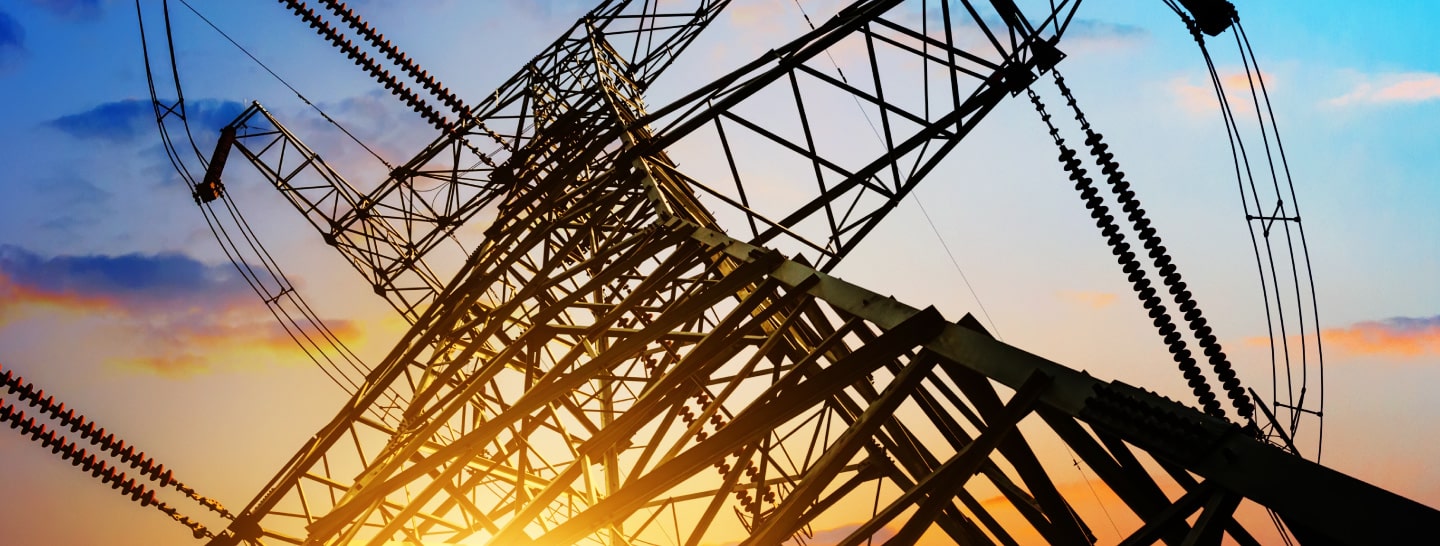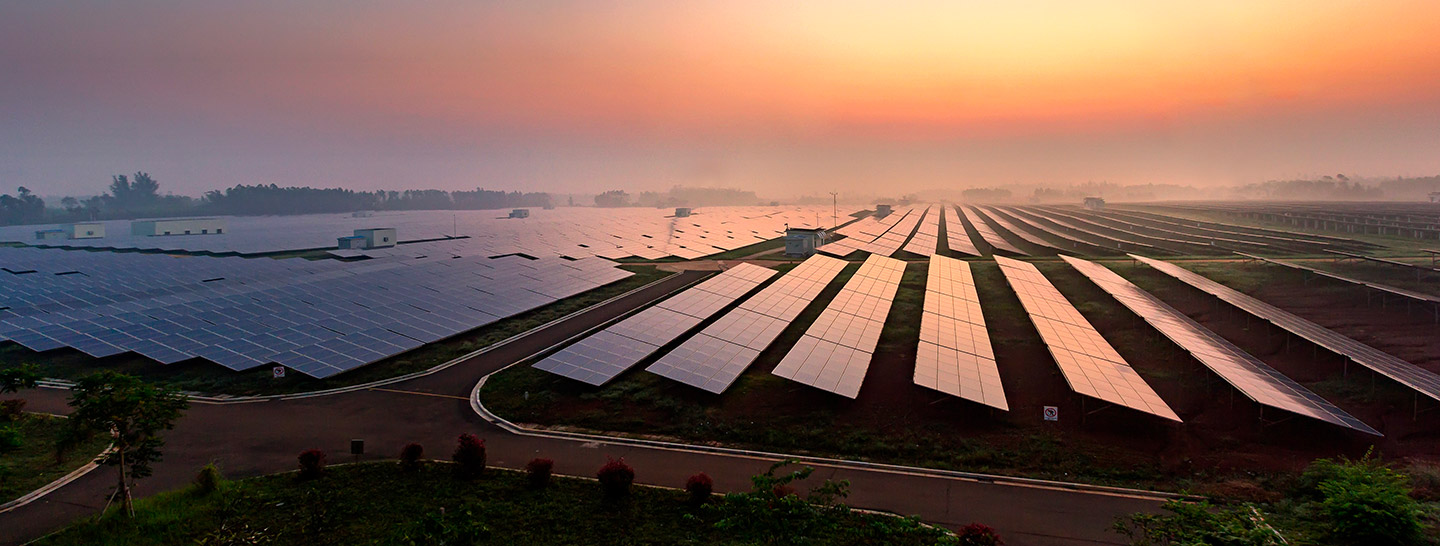
Three Energy Market Trends
As the world gears up for the struggle against climate change and to meet the United Nations Sustainable Development Goals (UN SDGs), the global energy market is headed in one direction only — toward decarbonization, electrification and digitalization. Implementing those three buzzwords requires two things — flexibility and technology. Flexibility in the way electricity is generated combined with the latest technologies to ensure that power is not wasted; and flexibility in energy conservation and storage techniques, fused with the technologies which help us reduce power consumption.
Flexibility for Decentralization
Flexibility is vital because sustainable supply to the grid increasingly depends on generation techniques such as wind and solar. These are vulnerable to the weather and are intermittent, meaning that at intervals the power they supply has to be replaced from another source. At the same time, the network itself is becoming more flexible, channeling the flow of data as well as of electricity, a process that is aided by the rising importance of digital technology, which both permits and favours decentralization. New ways of providing flexibility are emerging and Enel X can help clients play their part in the transformation that is underway. Sustainability, decentralization and intelligence lie at its heart of this process.
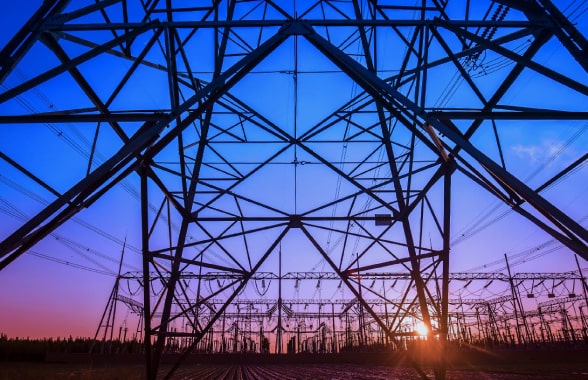
Those elements are central to efforts to comply with UN SDG 7. This calls for everyone to have access to affordable, reliable and sustainable energy. While the latest UN report notes “encouraging signs that energy is becoming more sustainable and widely available”, it also underlines that much more work is needed.
Flexibility, Past and Present

Flexibility in the past was obtained by adjusting the amount of electricity that entered the grid so that supply matched demand. In other words, the network operator fired up or shut down a power station to ensure a balance was maintained. That is an expensive and rigid approach, and one that also fails on environmental grounds. Viewed in its essentials, the process under way involves shifting responsibility for flexibility to the demand side — onto users, in other words. The new flexibility allows consumers to contribute excess energy from their own generation assets in return for payment. That underlines the growing decentralization of the system as well as the need for sophisticated techniques to manage the flows of both power and data.
Three Systems for Flexibility
There are three main strands to the new flexibility. They are Demand Response, energy storage and distributed generation. At Enel X, we offer solutions tailored to the needs of individual clients that allow them to take part in, and benefit from, some or all of the three elements of the transformation. Enel X is a global leader in Demand Response, with about 6.3 GW of aggregate supply under management through our state-of-the-art Network Operations Center (NOC) in Dublin. Our NOC runs the largest portfolio of flexible energy assets in the world, with more than 50 programs in 15 countries. Because a kilowatt saved is the same as a kilowatt generated, customers get paid for the energy the grid operator asks them not to take at the same rate as if they generated it.
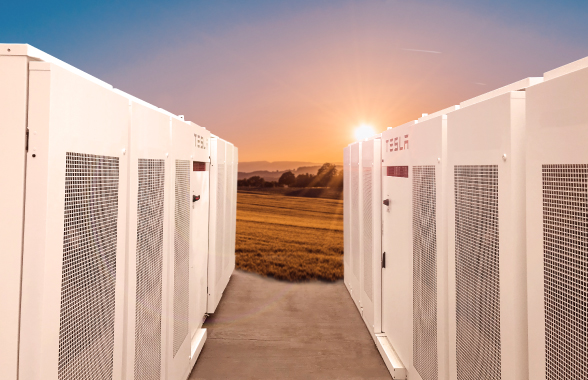
Energy Storage and Distributed Generation
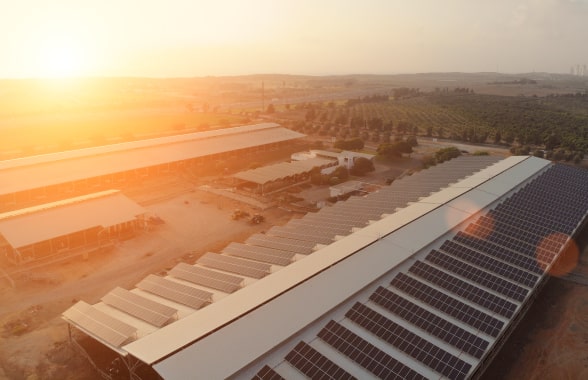
Energy storage systems are a practical response to the challenges of managing energy consumption in a world of growing reliance on renewables that may be productive only sporadically. Storage systems help make the best use of energy because power can be stockpiled and released when needed, guaranteeing continuity of supply, as well as fast response times. In distributed generation, we have a long and documented history that shows we can handle the design, development and execution of complex projects. We can install photovoltaic assets to take advantage of solar energy while our Combined Heat and Power (CHP) infrastructure recovers otherwise wasted energy for heating or cooling as well as to generate electricity. All of these combine to make Enel X the right partner, both for our customers and other stakeholders. As the world steps up its efforts to comply with the UN SDGs we can all play our part in powering the economy’s move onto a greener long-term footing.




